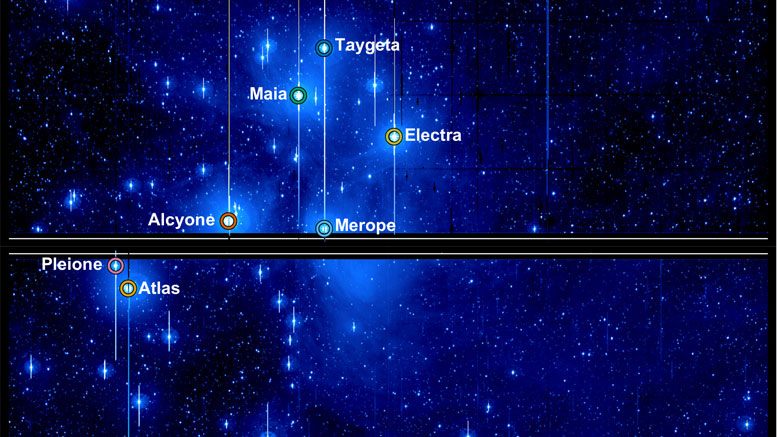
This image from NASA’s Kepler spacecraft shows members of the Pleiades star cluster taken during Campaign 4 of the K2 Mission. The cluster stretches across two of the 42 charge-coupled devices (CCDs) that make up Kepler’s 95 megapixel camera. The brightest stars in the cluster – Alcyone, Atlas, Electra, Maia, Merope, Taygeta, and Pleione – are visible to the naked eye. Kepler was not designed to look at stars this bright; they cause the camera to saturate, leading to long spikes and other artifacts in the image. Despite this serious image degradation, the new technique has allowed astronomers to carefully measure changes in the brightness of these stars as the Kepler telescope observed them for almost three months. Credit: NASA / Aarhus University / T. White.
Using a new algorithm to enhance observations from the Kepler Space Telescope, astronomers provide the most detailed study yet of the Pleiades star cluster.
The Seven Sisters, as they were known to the ancient Greeks, are now known to modern astronomers as the Pleiades star cluster – a set of stars that are visible to the naked eye and have been studied for thousands of years by cultures all over the world. Now Dr. Tim White of the Stellar Astrophysics Center at Aarhus University and his team of Danish and international astronomers have demonstrated a powerful new technique for observing stars such as these, which are ordinarily far too bright to look at with high-performance telescopes. Their work is published in the Monthly Notices of the Royal Astronomical Society.
Using a new algorithm to enhance observations from the Kepler Space Telescope in its K2 Mission, the team has performed the most detailed study yet of the variability of these stars. Satellites such as Kepler are engineered to search for planets orbiting distant stars by looking for the dip in brightness as the planets pass in front, and also to do asteroseismology, studying the structure and evolution of stars as revealed by changes in their brightness.
Because the Kepler mission was designed to look at thousands of faint stars at a time, some of the brightest stars are actually too bright to observe. Aiming a beam of light from a bright star at a point on a camera detector will cause the central pixels of the star’s image to be saturated, which causes a very significant loss of precision in the measurement of the total brightness of the star. This is the same process that causes a loss of dynamic range on ordinary digital cameras, which cannot see faint and bright detail in the same exposure.
“The solution to observing bright stars with Kepler turned out to be rather simple,” said lead author Dr. Tim White. “We’re chiefly concerned about relative, rather than absolute, changes in brightness. We can just measure these changes from nearby unsaturated pixels, and ignore the saturated areas altogether.”
But changes in the satellite’s motion and slight imperfections in the detector can still hide the signal of stellar variability. To overcome this, the authors developed a new technique to weigh the contribution of each pixel to find the right balance where instrumental effects are canceled out, revealing the true stellar variability. This new method has been named halo photometry, a simple and fast algorithm the authors have released as free open-source software.
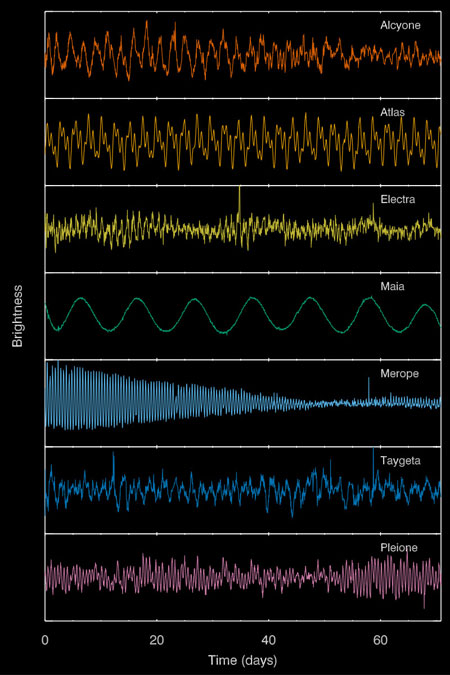
The unique brightness fluctuations of each star reveal clues about their physical properties such as their size and rotation rate. Most of the bright stars in the Pleiades are a type of variable star called a slowly-pulsating B star, but Maia is different, and shows evidence of a large chemical spot that crosses its surface as the star rotates with a ten day period. Credit: Aarhus University / T. White.
Most of the seven stars are revealed to be slowly pulsating B stars, a class of variable stars in which the star’s brightness changes with day-long periods. The frequencies of these pulsations are key to exploring some of the poorly understood processes in the core of these stars.
The seventh star, Maia, is different: it varies with a regular period of 10 days. Previous studies have shown that Maia belongs to a class of stars with abnormal surface concentrations of some chemical elements such as manganese. To see if these things were related, a series of spectroscopic observations were taken with the Hertzsprung SONG Telescope.
“What we saw was that the brightness changes seen by Kepler go hand-in-hand with changes in the strength of manganese absorption in Maia’s atmosphere,” said Dr. Victoria Antoci, a co-author of the work and Assistant Professor at the Stellar Astrophysics Center, Aarhus University. “We conclude that the variations are caused by a large chemical spot on the surface of the star, which comes in and out of view as the star rotates with a ten-day period.”
“Sixty years ago, astronomers had thought they could see variability in Maia with periods of a few hours and suggested this was the first of a whole new class of variable stars they called ‘Maia Variables’,” White said, “but our new observations show that Maia is not itself a Maia Variable!”
No signs of exoplanetary transits were detected in this study, but the authors show that their new algorithm can attain the precision that will be needed for Kepler and future space telescopes such as the Transiting Exoplanet Survey Satellite (TESS) to detect planets transiting stars as bright as our neighboring star Alpha Centauri. These nearby bright stars are the best targets for future missions and facilities such as the James Webb Space Telescope, which is due to launch in late 2018.
The Pleiades star cluster is a beautiful and familiar sight, as seen in this image from the second Palomar Observatory Sky Survey. NASA’s Kepler space telescope was designed to look at faint stars, so images taken of the Pleiades show long spikes due to the camera becoming saturated by the brightest stars. Despite the image degradation, the continuous observations by Kepler over a period of almost three months have allowed astronomers to find fluctuations in the brightness of each star. Credit: NASA / ESA / AURA / Caltech / Aarhus University / T. White
Reference: “Beyond the Kepler/K2 bright limit: variability in the seven brightest stars of the Pleiades” by T. R. White, B. J. S. Pope, V. Antoci, P. I. Pápics, C. Aerts, D. R. Gies, K. Gordon, D. Huber, G. H. Schaefer, S. Aigrain, S. Albrecht, T. Barclay, G. Barentsen, P. G. Beck, T. R. Bedding, M. Fredslund Andersen, F. Grundahl, S. B. Howell, M. J. Ireland, S. J. Murphy, M. B. Nielsen, V. Silva Aguirre and P. G. Tuthill, 11 August 2017, Monthly Notices of the Royal Astronomical Society.
DOI: 10.1093/mnras/stx1050
arXiv

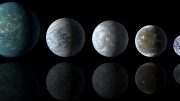
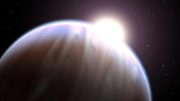
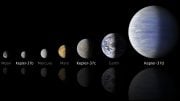
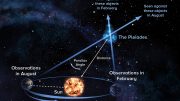
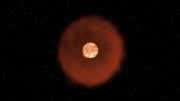

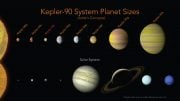

Be the first to comment on "Astronomers Demonstrate a Powerful New Technique for Observing Stars"